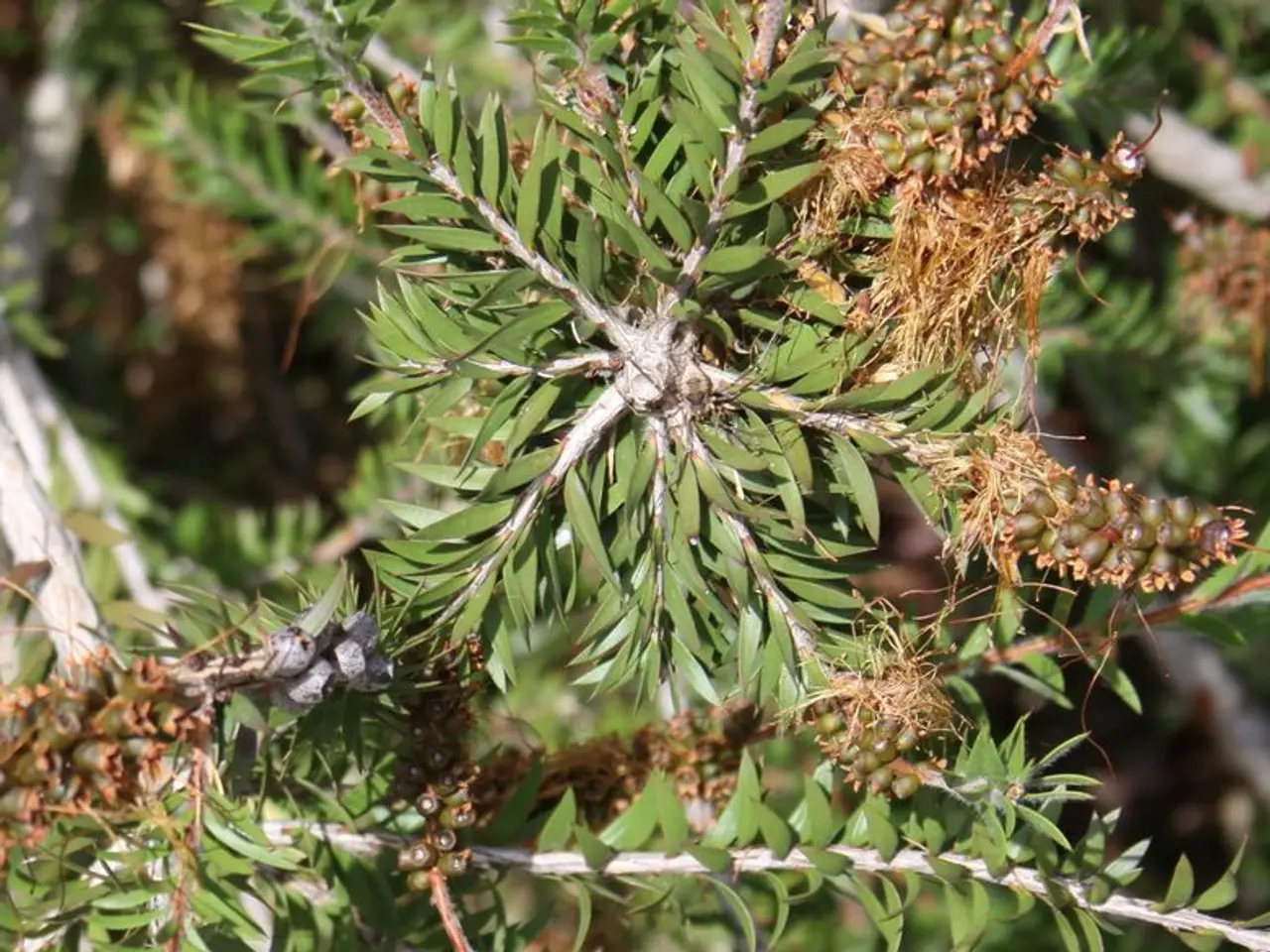Winter Pruning Techniques for Apple and Pear Trees: A Step-by-Step Guide
Pruning Your Apple Tree: A Guide with Top Tool Picks
Winter pruning might be the key to a healthy and fruitful apple tree! Watch Monty Don’s video as he demonstrates the process step-by-step, including which branches to lop off.
So, why should you prune your apple tree in winter? It aids in shaping the tree, reducing its size, and promoting better quality fruit. Thinning out some branches funnels the plant's energy into fewer but better apples, improving air circulation through the center of the tree—less pests, diseases, and overcrowding!
Moreover, pruning in winter provides the perfect opportunity to identify and eliminate any broken, weak, or cankered growth. In the case of older trees, it encourages the formation of robust, vital regrowth.
Summer pruning, however, focuses on encouraging flowering, fruiting, and a bit of maintenance. Winter pruning is all about controlling the overall shape, size, and health of your apple tree. That’s because trees maintain their dormancy during winter, making it less stressful (and more energy-efficient) to cut back those branches and shoots, channeling the sap into fewer buds for stronger growth come spring.
Prune like a pro: Tips and tools for your fruit trees
Apples on dwarfing rootstocks (M9 and M27) don't neccessarily require much pruning. However, medium or large trees benefit from a good chop. The goal is to open up the center of your tree, letting air flow between the branches and enabling sunlight to reach the developing fruit in summer.
So here's how to prune your apple tree:
Equipment
- Long-handled loppers
- Pruning saw
- Secateurs
Steps
- Start by removing any dead, damaged, or diseased branches. Cut these back to a healthy bud on the stem, or remove them altogether, back to the base. Eliminate old, unproductive branches, cutting close to where they merge with a thicker branch or the trunk.
- Lessen the height of the leading shoot and trim side branches to channel sap into a few buds lower down. This will lead to stronger, thicker main shoots and prevent unwanted top growth.
- Identify the previous year's shoots, tracing down from the tips to locate the growing point. Shorten these stems to around half their length, cutting just above an outward-facing bud. As the tree matures, aim for an open structure to minimize disease risk and improve air circulation. Remove any inward-growing branches.
- Focus on vigorous shoots towards the ends of all main branches. Cut these back by between half and two-thirds of their length. Ideally, make your cuts just above a bud, pointing it away from the center of the plant, promoting outward growth. Also, pay attention to short fruit spurs and prune out any vigorous shoots.
Top-performing pruning tools
- ARS PM-21 folding pruning saw
- Felco 640 pruning saw
- Darlac Expert Bypass DP1030A
- Niwaki GR Pro
- Felco 8 Bypass Secateurs
- Draper Deluxe Anvil Secateurs
- Corona Ratchet Cut Comfort Gel Anvil Secateurs
- Wolf Garten Telescopic Anvil Lopper
- Spear & Jackson Razorsharp Advantage Telescopic Ratchet Anvil Lopper
Enrichment Data:
- Forecast fruit quality: Aim to prune apple trees in summer after the main spring growth has hardened off, typically in June or July, for optimal fruit quality.
- Improve air circulation and light penetration: Thin out crowded or overlapping branches. Focus on branches growing inward or crossing each other as they block air circulation and sunlight.
- Use thinning cuts: Instead of shortening branches, remove them entirely or close to their origin. This helps open the canopy and prevents dense growth.
- Head cutting for shape control: Shorten vigorous shoots back to lateral buds to maintain tree shape without excessive density or height.
- Pinching new growth tips: Gently remove the soft tips of vigorous new shoots for improved fruit development and better fruiting wood.
- Remove lower growth under the canopy: Eliminate underdeveloped shoots growing below the main canopy that are heavily shaded and not likely to produce quality fruit.
- Maintain a modified central leader form: Correcting narrow branch angles and structures supports strong, well-spaced limbs that bear fruit more efficiently.
Thinning out some branches in your apple tree not only aids in shaping and reducing its size, but also promotes better quality fruit by funneling the plant's energy into fewer but better apples, improving air circulation through the center of the tree. Therefore, when pruning your apple tree, equipment like long-handled loppers, pruning saw, and secateurs should be used to remove old, unproductive branches, trim side branches, and identify and eliminate any broken, weak, or cankered growth.








